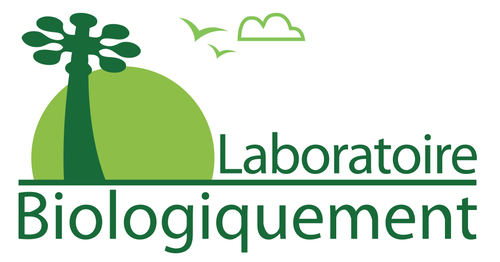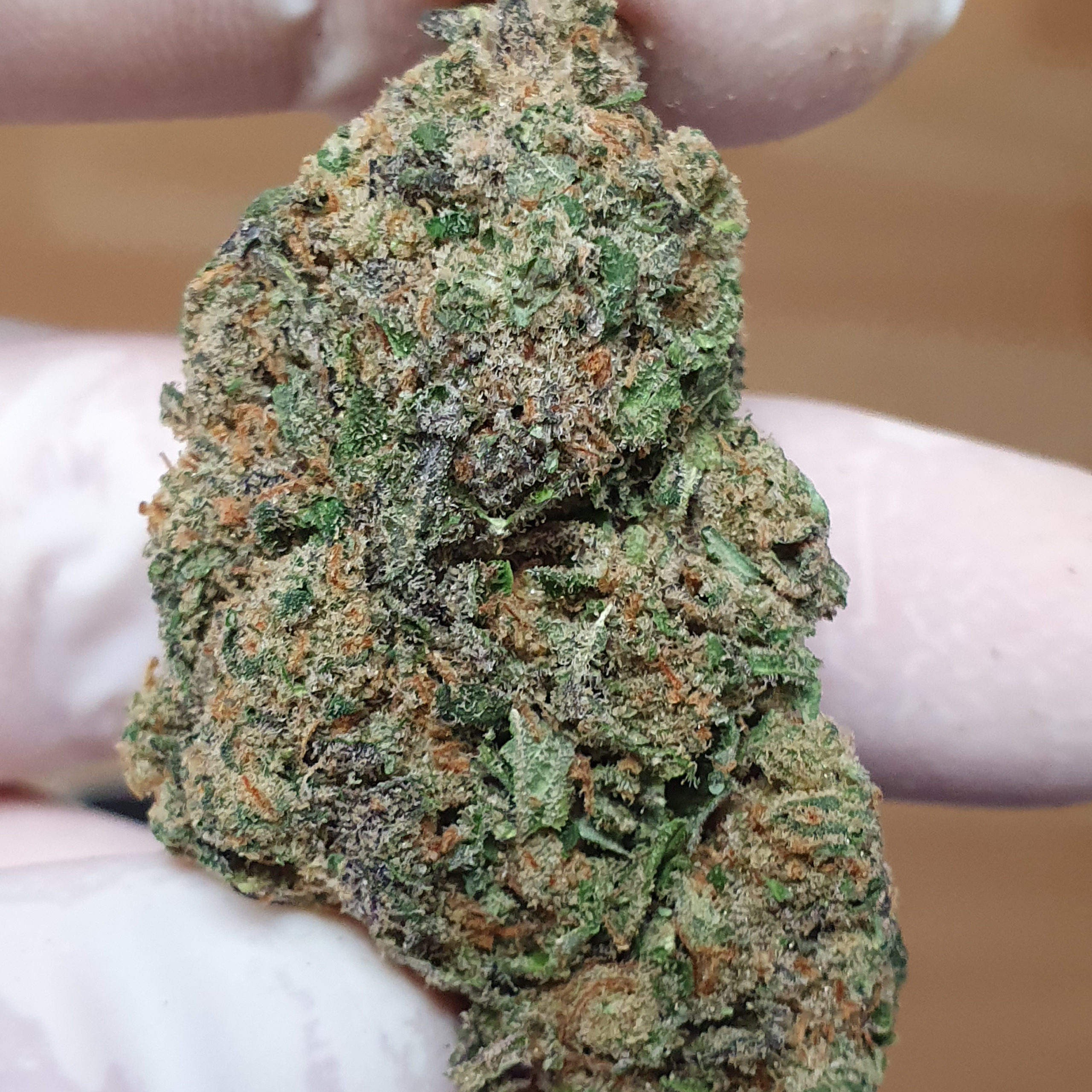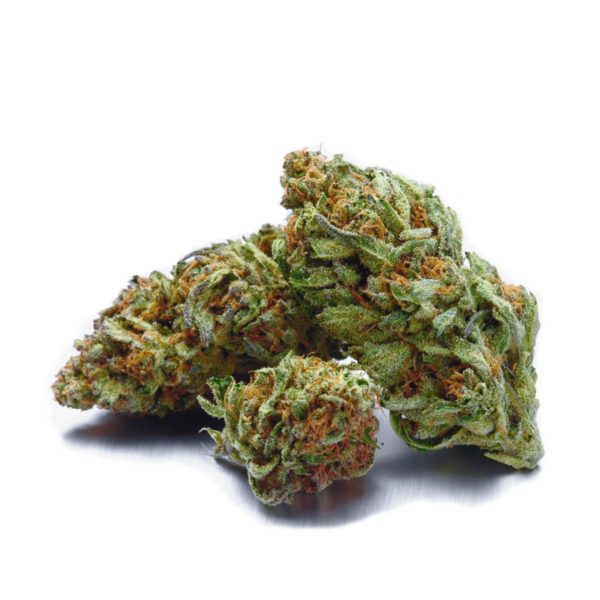David Batty, of Bush Mechanics fame, examines the mystery surrounding the origins of the iconic tree of the Kimberley – the Boab.
GEORGE NEGUS: Well, to complete our outback journey tonight, we move away from the Centre to the isolated but magnificent Kimberley and the mystery of the famous baobab tree. No-one’s sure how this resident of Madagascar got here in the first place, although local Aboriginals have always valued them as a source of food, medicine and shelter. Here’s David Batty with his thoughts on the baobab.
DAVID BATTY: On parched Kimberley plains, by weathered track or spring, along the bitumen rivers, there is a tree that’s king. His majesty, the baobab. But why are they here and where did they come from? Even the sharpest mind of a travelling bush mechanic from the desert is stumped. For most visitors to the Kimberley, the baobab tree stands out like an African in an igloo. They sit like ancient prehistoric monoliths amidst a landscape reminiscent of another planet. Their huge bulging trunks, spidery branches and large nuts set them apart from anything else growing in Australia. Tim Willing is a conservation officer and a baobab nut. He’s been sprouting theories about their origins for years.
TIM WILLING, CONSERVATION OFFICER, CALM: It’s a real anomaly, I think, in the Australian flora. They only occur in the Kimberley and Victoria River area of the Northern Territory. So, they’re only up in that one corner of Australia. The species, Adansonia gregorii, is quite distinct. It has a lot features which are different morphologically to all the other species. There’s no question that baobabs are native to Australia and have been here a long time. No question at all.
DAVID BATTY: But the origins of Australia’s only baobab species remains a mystery. How did they come to be here at all when every other member of the baobab family is found thousands of kilometres away in Africa?
TIM WILLING: There have been a few theories. One is that they were around in the Gondwana times when the continents were all joined and that the plants went off on the rafts, if you like, and became part of new continents. But, um, that theory doesn’t really add up because the geological dates don’t fit with the rise of plant species. But it seems much more likely that long-distance dispersal across the Indian Ocean by, um — Probably the ancestral bud would have floated to Australia from, most likely, Madagascar or possibly islands that are now sunken in the Indian Ocean in between Madagascar and Australia. But we don’t have any good data on when baobabs originally arrived in the Kimberley. We have some which are at least 500, probably 1,000 years old.
DAVID BATTY: Bonnie Sampi is an Aboriginal elder who lives in Broome. His people have valued baobab nuts for centuries.
BONNIE SAMPI: Some people used it to help mothers with a newborn baby. They put it in a cup of water, mix it up, drink it like tea.
DAVID BATTY: But these days, Bonnie has found another use for the ancient nuts. He turns them into works of art for sale to tourists.
When Europeans branched out into the Kimberley, the old baobab tree was put to other uses, like the infamous Prison Tree near Derby, which some say housed up to 10 prisoners at a time.
Or this ancient specimen, which was used to mark the exploratory voyage of His Majesty’s cutter the ‘Mermaid’ in 1820. The truth is, nobody really knows how these upside down trees from Africa made it to Australia.
GEORGE NEGUS: Bit of country to go with there. How about that big one at the end? David Batty there on the outback mystery that is the baobab — one of the oldest living things on this continent.

Un avis consommateur, ou avis client, désigne un élément d’appréciations et commentaires donnés par les acheteurs sur un produit ou un service, que ce soit sur un critère particulier ou la globalité de l’offre. Ces opinions reflètent le niveau de satisfaction de la clientèle.
Vous pouvez consulter les avis clients du site du laboratoire Biologiquement en suivant ce lien : avis biologiquement.shop
C’est la note que nos clients nous donne actuellement. Merci pour votre confiance !










